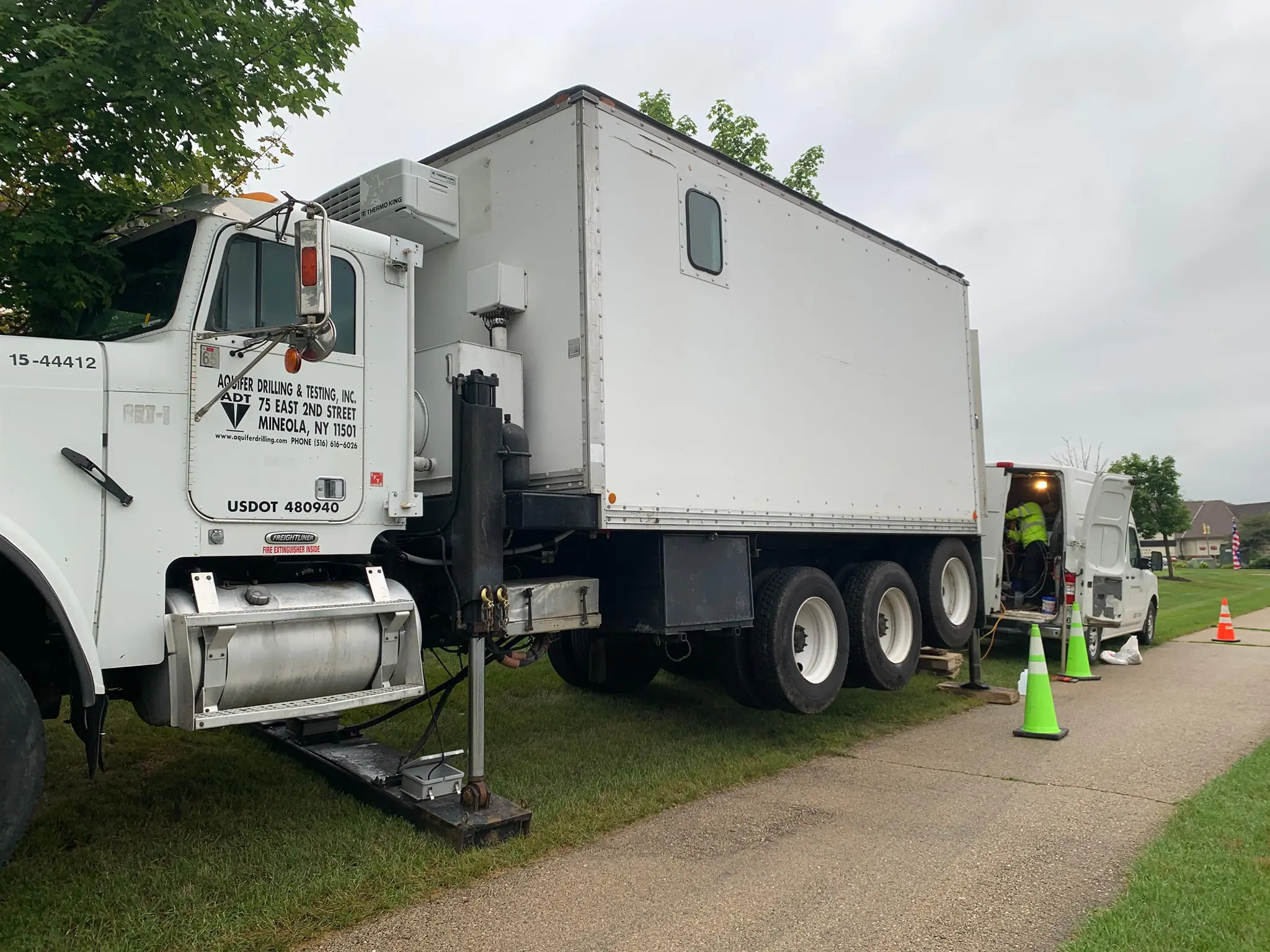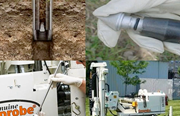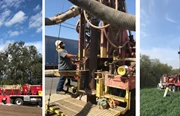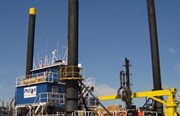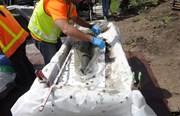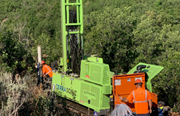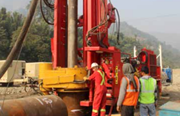Drilling 105: An Introduction to Auger Drilling
By: Cascade EnvironmentalAuger drilling has a fascinating history, tracing back to 250 BC when Archimedes invented the first known auger to move water uphill. Though drilling came later, this ancient technology remains crucial today. Let's dive into the world of auger drilling and see how it works.
What is Auger Drilling and How Does It Work?
Auger drilling uses a drill bit resembling a screw, made of steel casing with curved flights. These flights rotate as the drill head applies pressure, driving the bit deeper into the ground. This rotation is key, as it mechanically moves material to the surface.
Augers come in various lengths and diameters, ranging from 2 to 18 inches, and can be mounted on a variety of machines or trucks.
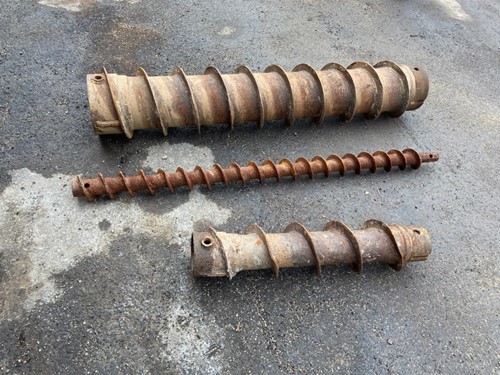
When is Auger Drilling Typically Used?
Auger drilling is incredibly versatile, commonly used in environmental, geotechnical, dewatering, and construction projects. It's ideal for soil borings, setting wells, collecting groundwater, and gathering geological data.
This method is ideal in geologies containing sand, gravel, clay, or urban fill. It's also effective for deep drilling, surpassing the capabilities of many other methods.
What are the Pros and Cons of Auger Drilling?
Pros:
-
Deep Drilling: Auger technology can achieve significant depths.
-
Clean Sampling: No drilling fluids are required, making it ideal for environmental projects.
-
Versatility: Available in a wide range of boring diameters and mountable on various rigs or trucks.
-
Cost-Effective: Auger drilling is a budget-friendly option.
Cons:
-
Limited in Heavy Urban Fill: Struggles with heavy urban fill like concrete, brick, and wood.
-
Waste Generation: Produces more waste compared to other methods, requiring disposal.
HOW DO I KNOW IF AUGER IS THE BEST OPTION FOR MY PROJECT?
Review geological data and draft your project scope, then consult with an experienced drilling contractor. Ideally, choose a contractor offering multiple drilling technologies for an unbiased opinion. This expert can help identify potential challenges early on, saving you time and effort.
- National Offices Locations
- Auger Drilling Technologies Services
- Benefits of Hollow Stem Auger Drilling
Archimedes' favorite drilling method remains relevant for good reasons. If you're considering auger drilling for your next project, reach out to us.
For more on drilling technologies used in environmental and geotechnical projects, watch our Drilling 101 webinar or read our Drilling 102 blog post.




